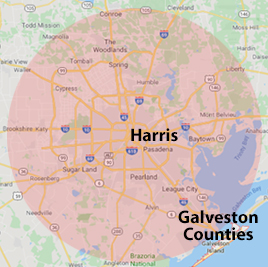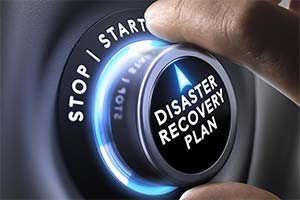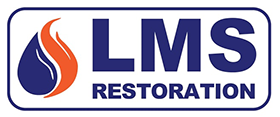
- Bacliff
- Baytown
- Bellaire
- Channelview
- Crosby
- Cypress
- Deer Park
- Dickinson
- Friendswood
- Galena Park
- Galveston
- Gilchrist
- High Island
- Highlands
- Hitchcock
- Hockley
- Houston
- Huffman
- Hufsmith
- Humble
- Katy
- Kemah
- Kingwood
- La Marque
- La Porte
- League City
- Pasadena
- Port Bolivar
- Santa Fe
- Seabrook
- South Houston
- Spring
- Texas City
- Tomball
- Waller
- Webster
Hospital Disaster Restoration in Houston & Galveston, TX
Access to patient data has been extremely important to hospitals and healthcare organizations in the past couple of decades. Patient information is stored in networked computers, and access to these computers even during times of disasters has become crucial to provide the best patient care. In fact, the survival of patients may depend on health care professionals’ having the ability to access patient data even during disasters.
But that’s not all; modern healthcare now depends on networked software to provide patient care. However, access to those applications may be limited when disasters strike. Disaster preparedness and resilient IT infrastructure are now necessary for the members of the healthcare industry.
Most healthcare organizations, unfortunately, overlook the importance of having an effective disaster recovery plan in place when establishing IT budgets. Oftentimes, it’s just a matter of presenting the need for disaster recovery plans from a business perspective.
Making the Case for Disaster Recovery Planning

If you are the Chief Information Officer (CIO) of a healthcare organization, you will have to make a strong case for disaster recovery planning. To do that, you’ll have to convince decision-makers that having a robust disaster recovery plan makes perfect business sense.
The first step is to create a business impact analysis. Identify all the IT systems and applications that physicians, healthcare workers, and admin use, and determine how the absence of these systems and applications could impact business operations. For hospitals and other healthcare organizations, business impact includes the effect on patient care and service delivery.
The next step is to identify all possible failure points and a detailed plan on how to address these vulnerabilities. This may include building a remote data center to ensure the safety of patient information. Effective data backup plans and replication should also be implemented.
Health Insurance Portability and Accountability Act’s Requirements
The Health Insurance Portability and Accountability Act of 1996 (HIPAA) was created, among other reasons, to keep up with the times and modernize the flow of information in the healthcare industry. It also aims to protect Personally Identifiable Information from fraud and theft. This poses a challenge for disaster restoration contractors. Data must be backed-up all while ensuring that the patients’ sensitive personal healthcare data is protected as mandated by HIPAA.
Virtualization and Disaster Recovery Planning
Some healthcare organizations implement virtualization to store healthcare data and to recover it during times of disaster. There are obviously a lot of benefits in using virtualized disaster recovery, but keep in mind that it is still necessary to comply with HIPAA rules. Using virtualization, copies of patient data can be created easily and stored for future access. Healthcare organizations must be clear on the procedures of how to store and recover patient health information using virtualization.
LMS Restoration and Disaster Recovery
LMS Restoration has decades of experience in disaster recovery, particularly in water damage restoration and fire damage restoration. For healthcare providers in Houston and Galveston, TX, give us a call to discuss how LMS Restoration can help you with your disaster recovery planning. You can reach us at 281-572-8798 or by sending us a message via our Contact Us page.




